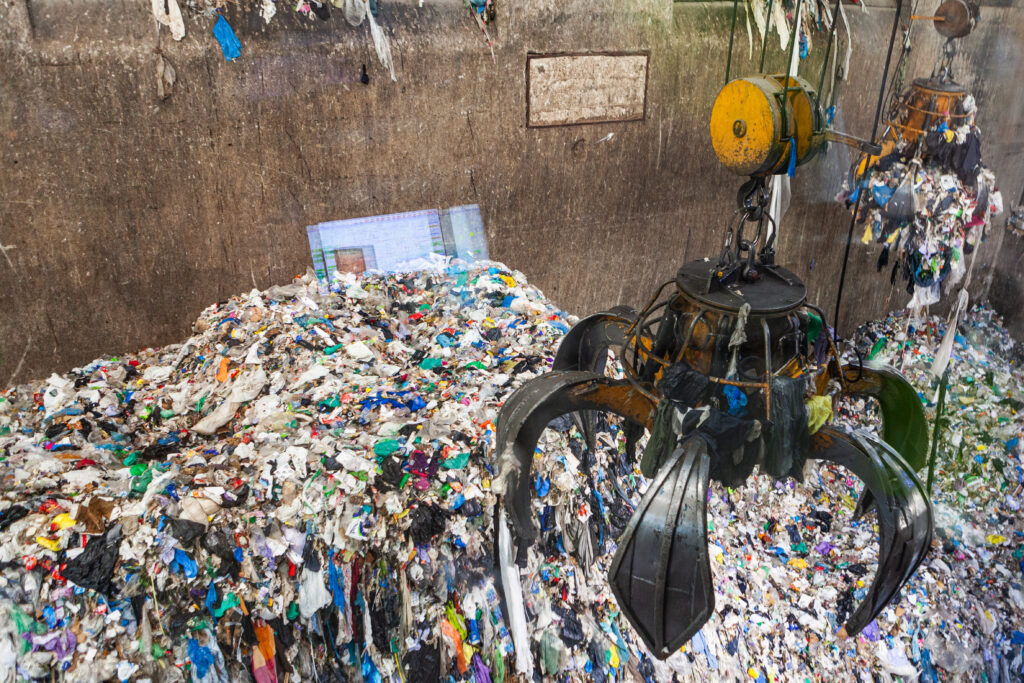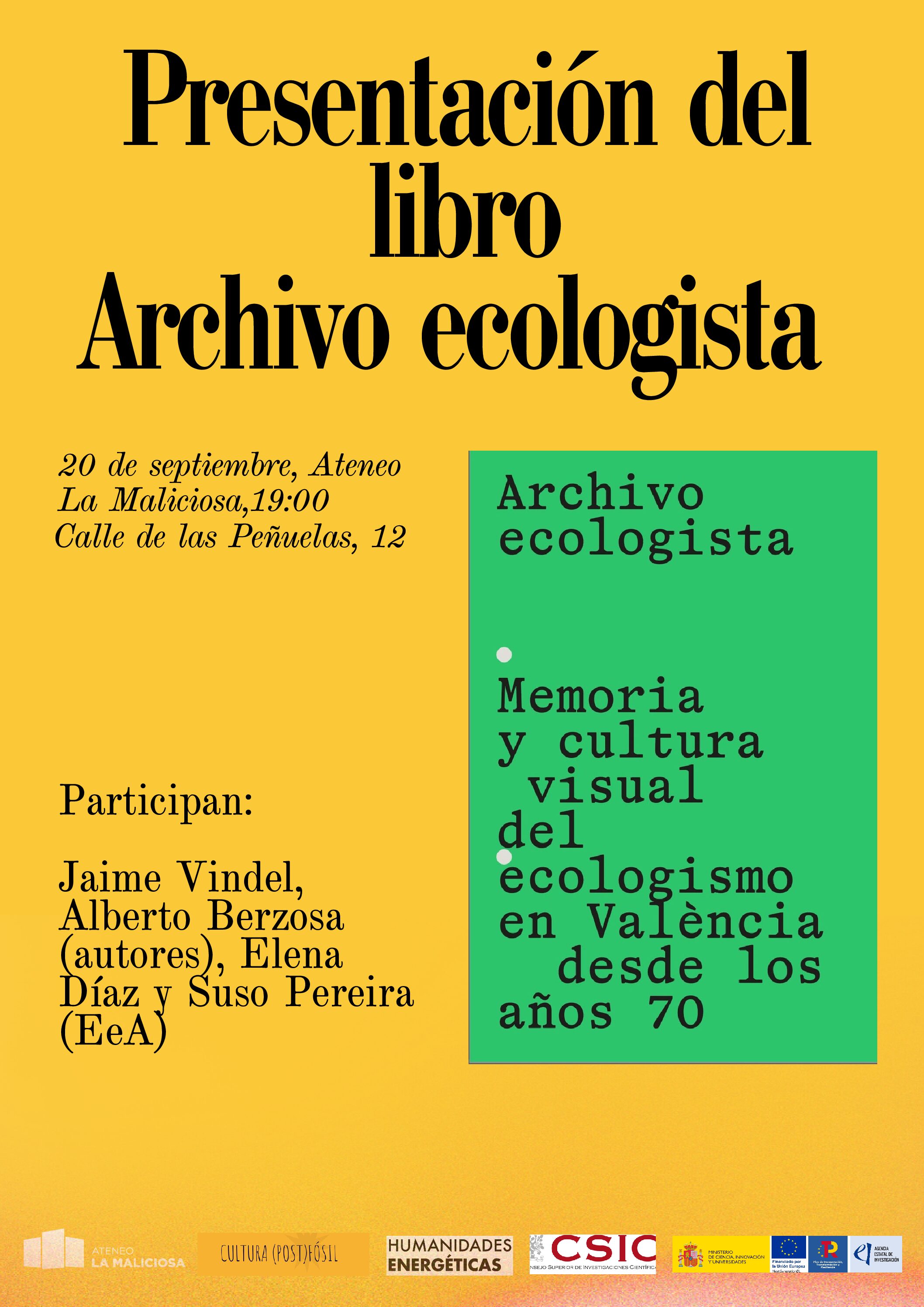
Photograph: Elena Lavellés. Cranes at the Valdemingómez landfill. Documentation visit 2024.
The limits of nature are dissolved under layers of cement, CO2 emitted into the atmosphere and waste produced from the activity of human beings. This overview leads us to a new vision that exceeds our capacity of comprehension and places us on the edge of a cliff. From this place, we admire the new sinister and sublime landscapes we have created and with which we are forced to coexist. We have affected a deep time, a geological time, from the parameters of human time and its speed. This has given rise to a new era that we inhabit and is named after the man: the Anthropocene.
This presentation aims to take a journey from the deepest parts of the Earth to the shallowest layers, where living and non-living beings inhabit. For this purpose, we will vertically go through its geological and social strata to reveal the traces of the extraction of natural and human resources. These are the resources that allow just a quarter of the world’s population in certain societies to live beyond planetary boundaries.
To that end, we will focus on the interdisciplinary project All the Footprints the Footprint. Energy Aesthetics, which explores the footprint left by the mining and cement industry, its evolution and the reuse of waste in the current moment of energy transition plans. The aim of this project is the intersection between architecture, history, art, science and technology to study the development of extractive techniques, the transformation of the territory and the proposal of social and scientific alternatives for possible futures with the collaboration of different local and international scientists, and working with professionals from different fields, such as architecture, engineering, art and investigative journalism.
The reading text for the session can be found at this link. A dossier of the artist is available below:
Those wishing to attend the seminar, which will take place at the CSIC Centre of Human and Social Sciences (C/ Albasanz, 26, Madrid, Gómez Moreno room: first floor, module C) on 3 October 2024 at 10.30 a.m., should indicate their interest by filling in this contact form.
Elena Lavellés is a visual artist and filmmaker. Her work is research and fieldwork-based and explores the intersection between social and geological layers. These connections deploy a fabric of expanded political geology in which she focuses on the evolution of capitalism, the impact of natural and human resources exploitation, as well as social resistance movements from the colonial period until nowadays: https://elenalavelles.com/.




